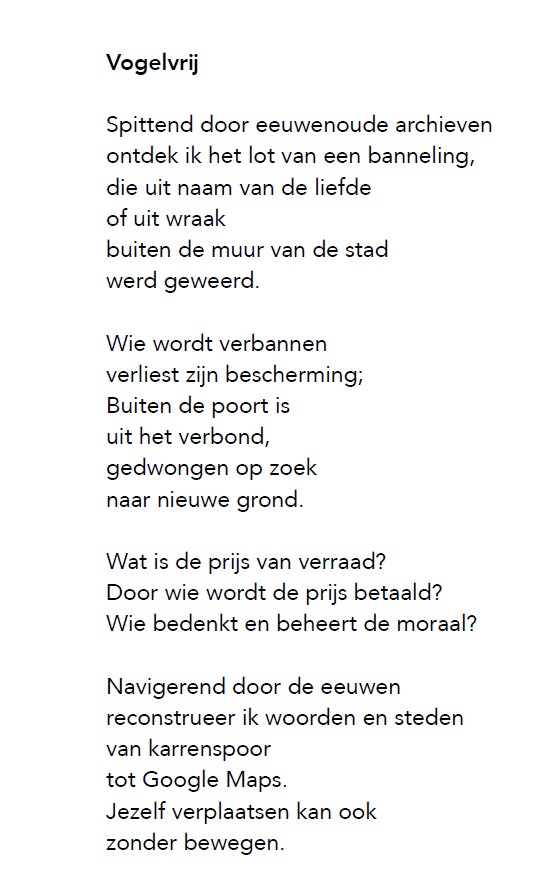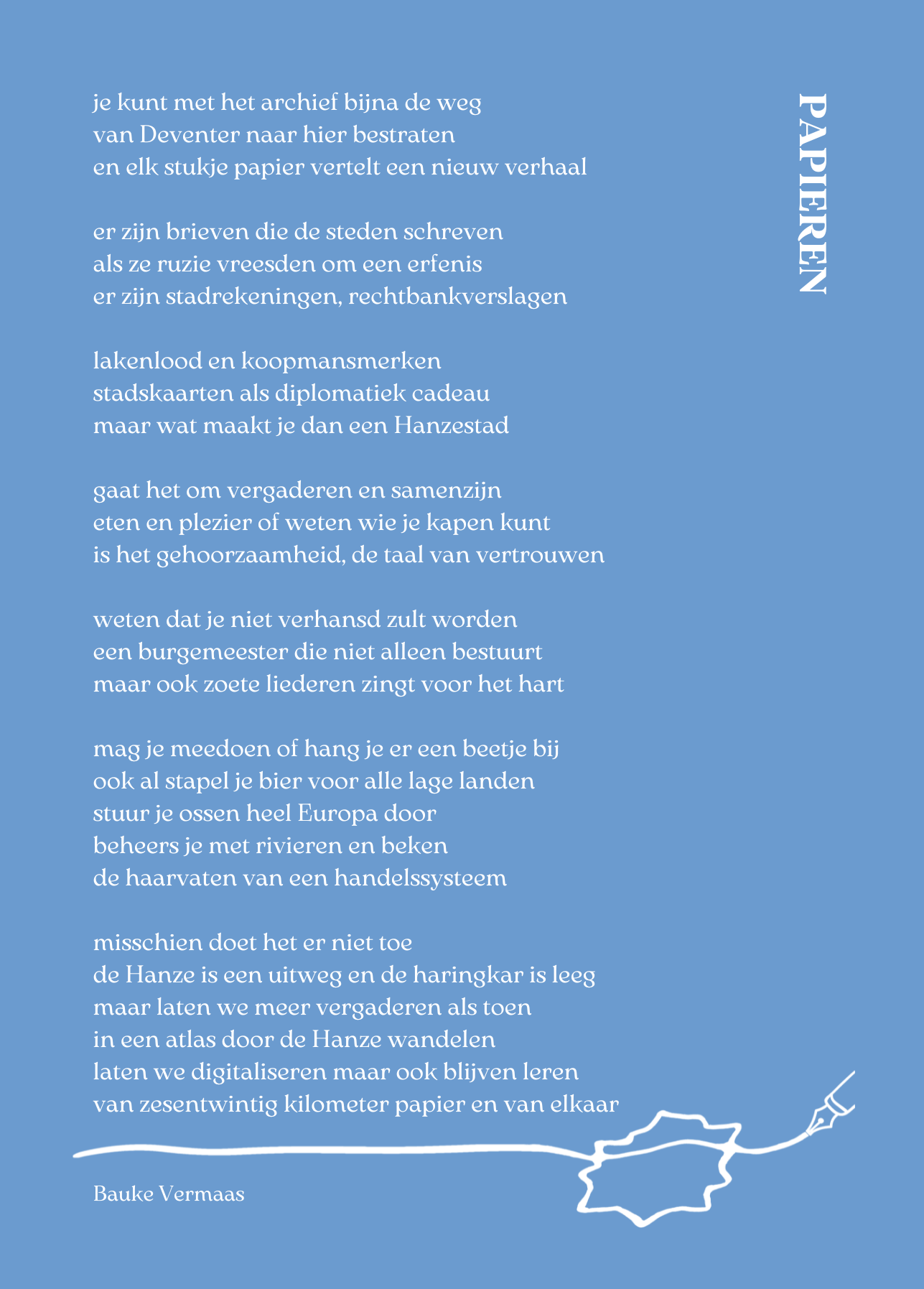Ilustracje w Sekrecie siedmiu statków
Justyna Wubs-MrozewiczIlustracje w ‘Sekrecie siedmiu statków’
shutterstock, zdjęcia autorki oraz
•okładka: Krzysztof Krawiec, Justyna Wubs-Mrozewicz na podstawie Pieter Bruegel the Elder, The Met, New York
•s. 11 Balthasar Friedrich Leizel (1727-1802) wg Friedricha Antona Augusta Lohrmanna (ok. 1735-ok. 1800), „Widok Motławy”, ok. 1780, miedzioryt kolorowany, Narodowe Muzeum Morskie w Gdańsku
•s. 16 Archiwum Państwowe w Gdańsku
•s. 19 Jan van Eyck, the Arnolfini Portrait, the National gallery, Londyn
•s. 23 Georg Braun (1541-1622), Franz Hogenberg (1540-1590), „Gedanum” z dzieła „Civitates orbis Terrarum”, 1575, miedzioryt, Narodowe Muzeum Morskie w Gdańsku
•s. 25, 31, 32, 47 Gdańsk w czasie II wojny światowej gedanopedia.pl
•s. 36 Frederick II (Hans Knieper) and Eric XVI (Steven van der Meulen), Nationalmuseum
•s. 42 św. Jerzy (Bernt Notke), Storkyrkan, Sztockholm
•s. 44 fragment szafy archiwalnej, fot. Dariusz Kula, Muzeum Gdańska, Ratusz Głównego Miasta
•s. 49 Archiwum Państwowe w Gdańsku
•s. 51 Małgorzata Parmeńska (Anthonis Mor)
•s. 52 Zygmunt II August (Lucas Cranach)
•s. 55 Brama Zielona i Most Zielony (Aegidius Dickmann), 1617, gedanopedia.pl
•s. 57 Lastadia (Julius Gottheil), 1845 gedanopedia.pl
•s. 58 Brama Zielona, 1687, gedanopedia.pl
•s. 59 Długi Targ 1880, gedanopedia.pl
•s. 60 Przedproże (Johann Carl Schultz), 1867 gedanopedia.pl
•s. 62 Dwór Artusa (August Lobegott Randt), 1823, gedanopedia.pl
•s. 62 Constantin/Konstantin Ferber (Nicolaus Andrea), 1586, gedanopedia.pl
•s. 63 Ratusz Głównego Miasta (Michael Carl Gregorovius), 1832, gedanopedia.pl
•s. 64 Na podstawie rysunku Jana Gumowskiego, 1928 (błędny przypis: Jan Kazimierz), Narodowe Muzeum Morskie w Gdańsku
•s. 66 Wielki Krzysztof, fot. Dariusz Kula, Muzeum Gdańska, Ratusz Głównego Miasta
•s. 67 na podstawie Pieter Bruegel the Elder, The Met, New York Justyna Wubs-Mrozewicz
•s. 68 na podstawie fresku w Wielkim Krzysztofie, fot. Dariusz Kula, Muzeum Gdańska, Ratusz Głównego Miasta
•s. 72 Henryk VIII (Hans Holbein), 1540
•s. 74 Sąd Ostateczny (Hans Memling), 1467-1471, Muzeum Narodowe w Gdańsku oraz fotografia gmachu
•s. 75-76 fragmenty Sądu Ostatecznego
•s. 78 piwnice i Sala Wielka (Czerwona) fot. Dariusz Kula, Muzeum Gdańska, Ratusz Głównego Miasta
•s. 79-80 Apoteoza Gdańska, Izaak van den Block, Muzeum Gdańska, Ratusz Głównego Miasta
•s. 81-82 freski i szafa w Wielkim Krzysztofie, fot. Dariusz Kula, Muzeum Gdańska, Ratusz Głównego Miasta
•s. 88 Georg/Jerzy Giese (Hans Holbein)
•s. 96 Archiwum Państwowe w Gdańsku
•s. 100 freski w Wielkim Krzysztofie, fot. Dariusz Kula, Muzeum Gdańska, Ratusz Głównego Miasta
•s. 103 Panorama Gdańska, (Bartholomaus Milwitz), 1620-1630, MNG/SD/281/M, Muzeum Narodowe w Gdańsku
•s. 106 zegar astronomiczny, Bazylika Mariacka, Gdańsk
•s. 107 Balthasar Friedrich Leizel (1727-1802) wg Friedricha Antona Augusta Lohrmanna (ok. 1735-ok. 1800), „Widok Motławy”, ok. 1780, miedzioryt kolorowany, Narodowe Muzeum Morskie w Gdańsku


